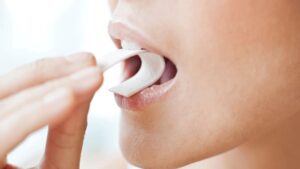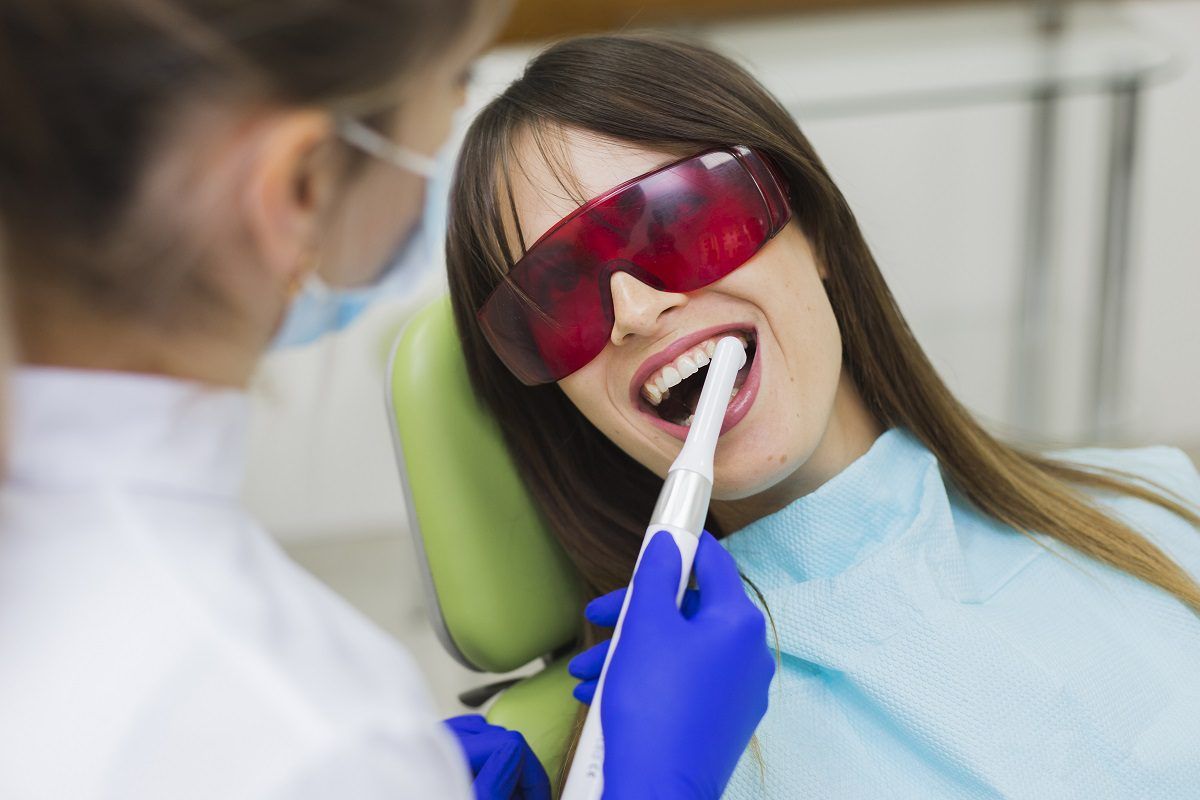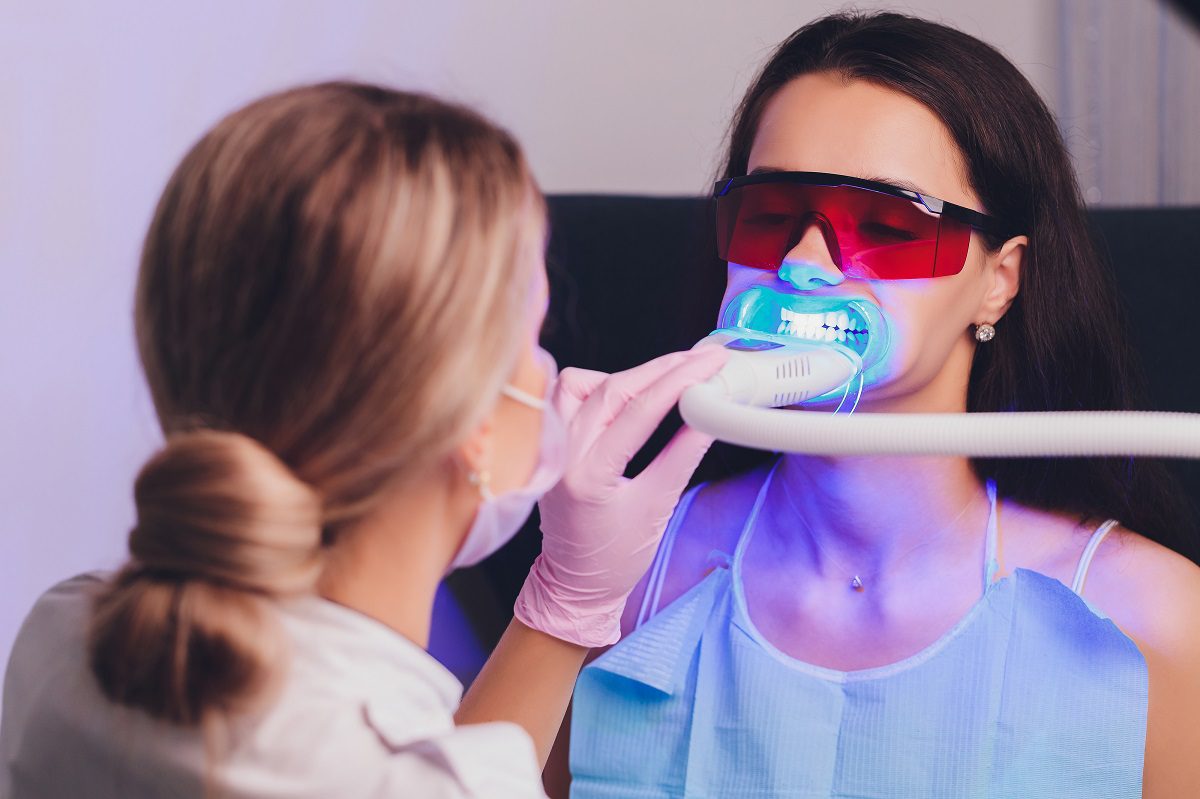Chewing Gum: The Gum, The Bad and the Ugly
“To chew or not to chew, that is the question?” Whether it was the Northern Europeans chewing birch bark tar 9,000 years ago to satisfy their mouths a...

“To chew or not to chew, that is the question?”
Whether it was the Northern Europeans chewing birch bark tar 9,000 years ago to satisfy their mouths and provide some much needed medicinal tooth relief, or the Maya civilization chomping on sapodilla trees to quench their thirst and/or hunger. Chewing gum has stood the test of time and has been a stable part of human life, distracting the jaw and curating bone movement in the mouth. However, like most things in life, not all chewing gum was created equally. While western civilization has moved far away from utilizing leaves as gum, nowadays, there are clear distinctions between the good kinds and bad kinds for our teeth. Some may seem self-explanatory, but you would be surprised by how many people don’t even realize the negative implications caused by excessive chomping on those soft, cohesive substances that are so addictive and tasty! To provide further insight into this common dilemma, we have provided some ‘extra’ tips on what chewing is good, bad, and terrible for your teeth. Our blog discusses what types of chewy condiments you should avoid, and which ones are fine to consume; leaving your mouth in ‘mint’ condition.
THE BAD KIND OF CHEWING GUM
Unsurprisingly, the bad type of chewing gum is the one that contains sugar. Typically, non-sugar free chewing gum contains sucrose. Sucrose and other fermentable carbohydrates can be metabolized by oral bacteria. The problem with this type of gum is that they can produce substances such as dental biofilm (a type of fungi in the mouth) and acid, which can lead to enamel erosion and cavities. The negative effects of these types of chewing gum is entirely dependent upon how much chewing gum is consumed and how long for, as well as the sequence of consumption. For example, chewing sugar-containing gum before eating food that reduces acid production will be less damaging than the reverse. 
THE GOOD KIND OF CHEWING GUM
While there is compelling evidence to suggest that sugary chewing gum cultivates the onset of bacteria and cavities in your mouth, the opposite can be said for sugar-free chewing gum. Sugarless gum has been shown to have an array of oral health benefits that can prevent tooth decay. Studies have shown that chewing sugar-free gum after meals and snacks can help remove and/or neutralize the acids released by bacteria in plaque (a harmful and extremely damaging substance to most tooth enamel). The act of chewing gum stimulates the salivary glands in your mouth. Saliva neutralizes and washes away the acids in your mouth that are produced by broken down foods. By washing away this acid, you are protecting your enamel. So when you chew gum after a meal, you’re helping propagate the acid-cleaning saliva that plays an important part in your oral health It is predicted that the average unstimulated salivary flow rate for healthy people is 0.3-0.4 mL/min. When chewing unflavored gum, you stimulate the salivary flow rate by 10-12 times that of the unstimulated rate. Flavors also act as salivary stimulants. The stimulated salivary flow rate is significantly greater while chewing sweetened and flavored gum as opposed to unsweetened, unflavored chewing gum base. Stimulated saliva flow provides protection against dental erosion via several mechanisms. Saliva buffers the effects of acids in foods or drinks that could otherwise soften teeth’s enamel surface, and swallowing excess saliva created by stimulation clears acid. While unstimulated saliva does not have a strong buffering capacity against acid, stimulated saliva has higher concentrations of total protein, sodium, total calcium, chloride, and bicarbonate and therefore has a higher buffering capacity. Additionally, saliva contributes proteins to dental surfaces and helps to carry more phosphorus and calcium around your mouth, creating an acquired enamel pellicle that protects against dental erosion. We would also advise that if you do chew gum, opt for sugar-free gum sweetened with xylitol, which has the added benefit of inhibiting the growth of Streptococcus mutans, one of the oral bacteria that cause cavities. However, we would advise that you refrain from eating lots of chewing gum on a continuous basis. Indeed, excessive chewing gum can sometimes lead to wider health problems in general. For example, excess chomping - typically in times of high stress- can lead to temporomandibular joint dysfunction. This symptom can greatly affect the jaw, jaw joint and surrounding muscles leading to severe pain any time you attempt to move your jaw away from its typical alignment.
To Chew or Not to Chew?
We understand it can be a habit to pick up a piece of gum and start chewing. In most cases, it feels completely innocent. But there are some negative associations with sugary chewing gums that are filled with additives that will stimulate bacteria in your mouth. Although chewing sugar-free gum can be beneficial in most instances, there are some cases in which chewing gum is not recommended. For example, if you are experiencing any type of jaw pain or temporomandibular disorder symptoms (TMD/TMJ), you should refrain from chewing gum and talk to your dentist about what options are available to you. In our professional opinion, it is completely fine to chew gum. However, this is entirely dependent upon the type of gum you choose. Sugarless gum is strongly advised, particularly after you’ve eaten. In fact, even the American dental association recommends chewing gum after your meal to reduce plaque and increase saliva flow around your mouth - fighting off bacteria and tooth decay. However, avoid sugary chewing gums that will coat your teeth with sucrose and lead to the erosion of tooth enamel, causing cavities and erosion over time. For more information on dental hygiene and top tips from our experts, call one of our friendly staff today. We are more than happy to provide insight into what foods are GOOD for your teeth, as well as ones that should be avoided
Get to know us
The best and gentle Dentists and Team Member of Procopio Towle Dental Office are dedicated to providing top quality dental care to patients in Walnut Creek the surrounding San Francisco Bay Area.
Meet Our Dentist



